Review
The electric van market is less mature than the electric car market, which makes the decision to ‘go electric’ a little more challenging for commercial vehicle users and operators.
Most electric vans – our Kangoo included – are based on existing combustion engine models, rather than using bespoke electric vehicle (EV) platforms. It means there are compromises when it comes to range and packaging.
In 2024, only 10% of new van sales were of electric models. The Kangoo fared slightly better with E-Tech variants making up 17% of registrations.
There’s a price difference of around £9,000 between the entry-level Kangoo diesel and the cheapest E-Tech version. But the electric model does cost less to run, with a running cost difference of 5p per mile over a five-year 100,000-mile cycle.
The biggest factor to consider is range. An electric van is only as good as it is on its worse day. That’s usually fully-laden in sub-zero temperatures. In our experience, the Kangoo E-Tech is good for about 100 miles in these conditions.
With an empty load bay, on a warm day, you can see close to the official WLTP range. The best we managed was 170 miles.
Over our test period, our van averaged 2.8mi/kWh. That equates to 126 miles of real-world range.
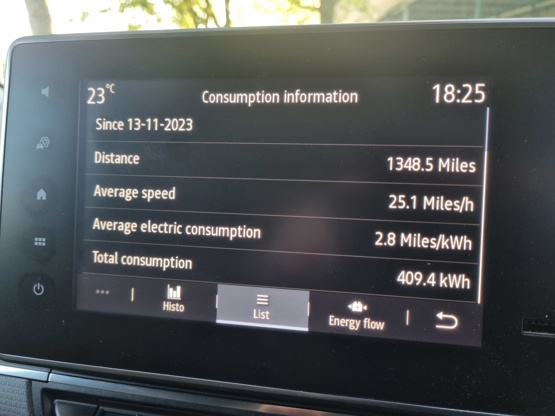
The van charges at reasonable speed (80kW) when using a public rapid charger, but we’d suggest avoiding these if you want to make the running costs remain in favour.
Charging the van overnight, using a domestic EV tariff, is the most cost-effective way to run the Kangoo E-Tech. You can fuel the van for less than 2p per mile this way, compared to around 30p per mile at a public charger.
From a driveability perspective the Kangoo E-Tech is quieter and more responsive than its diesel counterpart. Combined with the Kangoo’s agile chassis and comfortable cab, it’s a package that drivers would be hard-pressed to challenge.
The convenience of Renault’s smartphone app, keyless entry and twin sliding side doors makes day-to-day life with the Kangoo that little bit more straightforward, too.
We’d have liked it if the van had a charging port at the rear, rather than just in the front grille, and having experienced the brand’s latest Google-based infotainment system in its passenger cars, it did highlight that the Kangoo’s system is a little dated. Somewhere to store the charging cables would also be welcome!
Nonetheless, the Kangoo E-Tech is definitely worthy of consideration.
Practicality and ergonomics
The range, payload and size of a van are key considerations, but day-to-day practicality also plays an important role.
With more car-derived features and technology than ever before, the Kangoo certainly scores highly when it comes to ride, refinement and safety. The cab is accommodating and sealed off from the load area via a bulkhead.
Entry-level Kangoos are equipped with two front seats, while the higher trim grade comes with bench seat for three. The backrest of middle seat can be folded, revealing a ‘mobile office’ – essentially a large armrest that doubles as a table, with a storage compartment.
You can also flip up the passenger seat cushion to reveal a storage compartment beneath.
An overhead storage rack offers almost 22 litres of additional space, in addition to the door pockets and glovebox. Above the instrument cluster, in front of the driver, is an enclosed cubby with a usb charging port inside. It’s useful for charging devices or storing valuables out-of-sight.
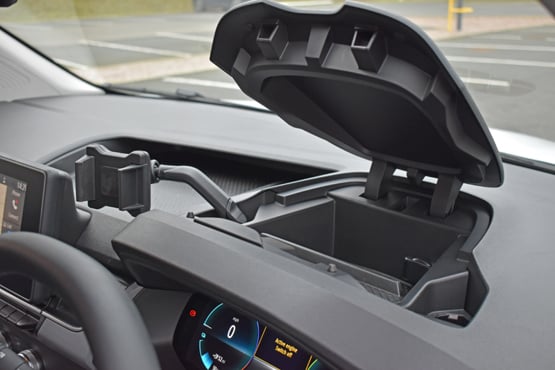
Cupholders are found between the front seats, along with a wireless phone charging pad.
All the controls fall close to hand for the driver. The trip computer, telephone and cruise control buttons are all on the steering wheel, while the audio system remote is mounted on a separate stalk behind the steering wheel.
One feature we’ve found particularly useful is the built-in smartphone cradle to the left of the instrument cluster.
Renault offers a wide range of accessories for the Kangoo to enhance practicality further. Our van is equipped with the aluminium roof bars, which have a load capacity of 100Kg. Other highlights include an internal ladder rack that mounts to the roof, a variety of load bay lining options and protection items such as mats and mudflaps.
A tow bar is available, too, and the Kangoo E-Tech has an impressive 1,500Kg towing capacity, which is among the best-in-class.
Range and charging
The Kangoo E-Tech has a relatively modest battery size, at 45kWh, although in the small van segment where it competes there’s not a huge amount of variety.
The Nissan Townstar and Mercedes Citan are, essentially, the same van as the Kangoo. Then there’s the Stellantis quintet, which includes the Toyota Proace City, that all use a similar 50kWh battery.
Coming soon will be Ford’s E-Transit Courier. The battery size for that van is yet to be confirmed, but Ford quotes a range of 230 miles.
So, our Kangoo’s WLTP figure of 186 miles puts it at the lower end of the competition. For reference, the Stellantis vans promise 205 miles from a charge.
In practice, with all electric vehicles, the actual range depends very heavily on how much you carry, how fast you drive and the ambient temperature.
These are all lessons that have been reinforced over the last few months with our Kangoo.
In the winter, the van’s range was pegged at around 100 miles and 2.2mi/kWh. We completed numerous trips where the battery % figure and the remaining range were perfectly aligned. One mile for each percent.
As the weather improved, so did our Kangoo’s capability. Efficiency improved to 3.0mi/kWh and the warmer climate saw 130 - 140 miles promised by the van’s instruments, and we’ve learned that it’s pretty trustworthy.
I think the Kangoo has a little more to give, based on my experience of driving the Townstar and Citan. Both of these managed 3.2mi/kWh – enough for 145 miles or driving. The problem is our van’s roof bars. At higher speeds they create drag and noticeable wind noise. Unless absolutely necessary, they’re one accessory that I’d definitely avoid.
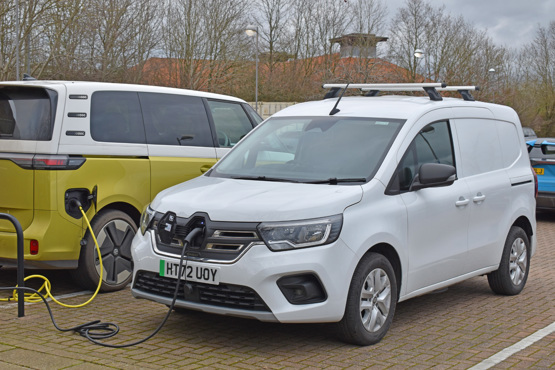
When the battery is depleted, it supports 80kW rapid charging. We’ve tested this numerous times and found that, at the correct charge point, the van would consume power at close to 80kW. Once the battery gets above 50% the speed begins to reduce. A typical 10% - 80% charge takes about 40 minutes.
A full charge using a home wallbox (7.4kW) takes around seven hours. The Kangoo E-Tech also supports AC charging at up to 22kW, which is particularly useful for depots or offices as a full charge can be completed in two hours.
Renault has positioned the charging port at the front of the van, behind the badge. This means that you need to drive in forwards to a charging bay. This isn’t such an issue at modern rapid charging stations for hubs, or even at depots, but for drivers that need to charge in car parks or at older, less accessible points, manoeuvring may be more tricky.
Infotainment and technology
Van technology has come on leaps and bounds in the last few years as manufacturers cram in more safety and infotainment features to make their commercial vehicles more akin to passenger cars.
Our Kangoo is a great example of this evolution. It comes packed with driver aids and features that would have once been reserved for top-end premium cars.
But the move to more tech-friendly vans isn’t just about safety and driver comfort, it’s also crucial for the effective deployment of electric vehicles.
Connected vehicle technology is one of the features our Kangoo has. It means the van has a constant wireless internet connection, using a built in SIM card, that enables it to be managed remotely.
Renault offers its own fleet management platform with integrated telematics, allowing fleet managers to track vehicles, monitor driver behaviour and receive vehicle health alerts.
For drivers, there’s the My Renault smartphone app. It allows you to interact with the van remotely, at any time. You can check the range, see the vehicle’s current location, send a destination to the sat-nav and pre-heat or cool the cabin. The app will also notify you if the vehicle is unlocked or if there is a technical fault.
We recently left the Kangoo changing at a public charge point, which failed after about five minutes. Using the app we were able to return to the van and sort out the issue, otherwise we could’ve wasted an hour thinking it was charging when it wasn’t.
The app also includes a route planner that will factor in charging stops along the way.
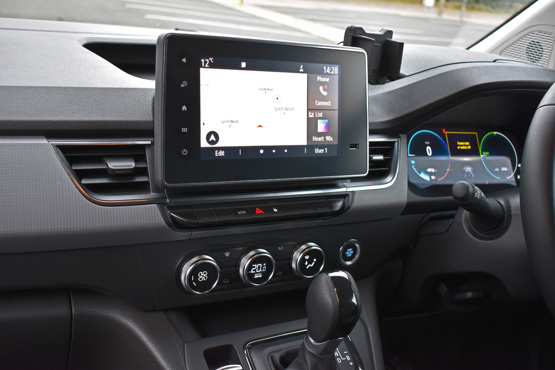
Away from the ‘connected’ features, the Kangoo’s built-in touchscreen also offers wireless smartphone connectivity via Apple Carplay and Android Auto.
The system itself is very simple and easy to use. It’s derived from Renault’s passenger car range. There’s Bluetooth, DAB radio and sat-nav. You can also alter some basic vehicle settings from the touchscreen. Our only criticism is the graphics are little dated and the system can feel a bit slow when compared to the newest ones on the market.
Our Kangoo also benefits from a suite of driver aids, included in the £1,500 Advanced Driver Assist Pack. There’s adaptive cruise control and lane keeping assist, which provides semi-autonomous driving capability on motorways and major roads. We also have blind-spot monitoring and traffic sign recognition.
Two rear-view cameras are fitted. The first provides a typical reversing camera function via the infotainment screen and comes in the Parking Assist Pack (£570), along with front and rear parking sensors.
The other camera is used for a digital rear-view mirror via a second display mounted at the top of the windscreen. The always-on rear-view display is a great feature that not many vans offer, albeit a costly option at £960. It gives the driver much greater rearward visibility from the cab.
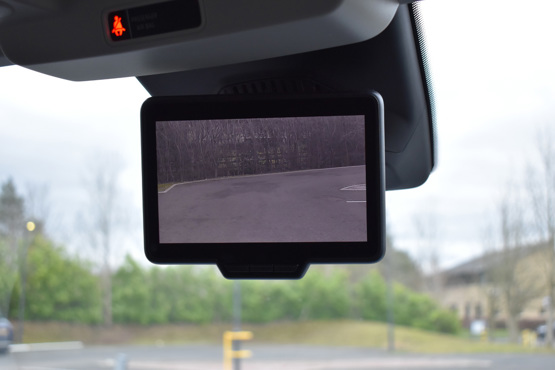
Loadspace and payload
Adapting to daily life with the Renault Kangoo hasn’t been too tricky. It’s packed with creature comforts, such as air con, sat-nav and adaptive cruise control. It’s also easy to drive, with good visibility and a compact footprint.
There’s clearly lots of ‘car DNA’ in the Kangoo – it’s underpinnings can be traced to the Nissan Qashqai. But a great driving van is one thing, a practical business tool can be quite the other.
The Kangoo line-up is split across ‘medium’ and ‘long’ wheelbase versions, with panel van and crew cab configurations. The most spacious Kangoo has 4.3 cubic metres of loadspace and a payload of up to 987Kg.
Our Kangoo E-Tech is the smaller of the two wheelbases. It offers a 3.3-cubic metre loadspace, behind its fixed bulkhead.
The load bay measures 1,810mm in length and has a height of 1,215mm. The maximum width is 1,570mm, shirinking to 1,248mm between the wheel arches.
Opting for the electric powertrain means there’s a payload penalty of almost 150Kg when compared to an equivalent diesel Kangoo. The payload for our model is therefore 608Kg.
It’s not class-leading, then. The Stellantis small van platform – used for the Citroen Berlingo, Peugeot Partner and Vauxhall Combo – can carry up to 800Kg, with the same loadspace volume.
The longer wheelbase Kangoo has a greater payload capacity of 764Kg.
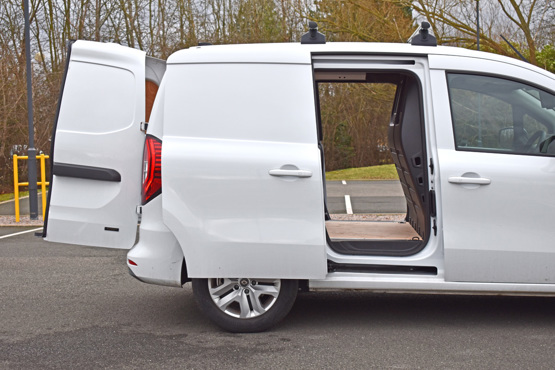
Working in the Kangoo’s favour is the pair of standard-fit sliding side doors, allowing the van to be loaded and unloaded from either side. We’ve found this particularly useful at the end of the day when the van needs to be plugged in. You can exit the driver’s door and immediately slide open the side door to get the cables out, rather than having to walk around to the rear, or the other side.
On the subject of charging cables. One gripe we do have is that there’s no where practical to store them. It may not be an issue for everyone, but if you do have to carry around the two devices – one for 230v domestic sockets and the other for standard wallboxes – they do take up room in the back.
Another feature that has made life with the Kangoo so easy is the handsfree keyless entry system. Instead of a regular key, the Kangoo comes with slim plastic fob. It unlocks the vehicle on approach, so you can just pull a door handle to gain access. When you’re ready to drive, hit the start button and it’s good to go. They fob can stay in you pocket the entire time.
To lock the van, simply walk away. There’s an audible chirp so you can be sure the vehicle is secure.
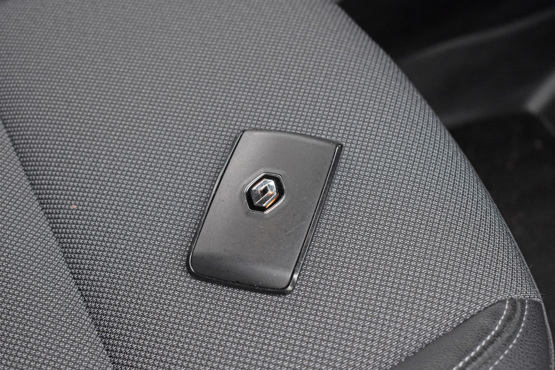
Renault Kangoo E-Tech Advance MWB joins our test fleet
Our latest long term test vehicle is the all-new Renault Kangoo, it’s the fully-electric E-Tech model in Advance trim. Including options our van comes in at £40,531.
The Kangoo is available in a choice of two wheelbases - 2.7 and 3.2 metres – offering maximum load volumes of up to 3.3 and 4.2 cubic metres, respectively. We've opted for the shorter of the two models.
Since we took delivery of our van, Renault has tweaked the specification slightly. As of 2024, all vans come with automatic headlights and wipers, 4.2-inch driver display, an eight-inch touchscreen with Android Auto and Apple CarPlay, DAB radio with Bluetooth and USB connectivity, an electric hand brake, reverse parking sensors, reversing camera, heated mirrors, and a height-adjustable driver’s seat. Also standard is a selection of safety features, such as hill start assist, emergency E-call, and cruise control with speed limiter.
In addition, our van includes, sat-nav, keyless entry, a passenger bench seat, 16-inch alloy wheels, body-coloured exterior trim and has a set of options fitted including Adaptive Cruise Control.
It is also fitted with a digital rear view mirror due to the van’s full height bulkhead and while this offers decent rear visibility it’s very difficult to judge distance due to the cameras wide angle.

The passenger bench seat makes the van a three-seater and has a central folding backrest that turns into a work surface. Inside the cab there’s almost 44 litres of storage from the various compartments.
In the back we have plywood protection for the floors, side panels and wheel arches the also the option of having the ‘Easy Inside Rack’ which is located in the ceiling which makes it possible to transport objects nearly 2.5 metres long inside the van which leaves the floorspace free for other items.
All models of the Kangoo E-Tech electric are advertised with up to 186 miles (WLTP) of driving range thanks to its 45 kWh battery, however we have found this to be lacking, as winter descends, the van is indicating around 100 miles range fully charged and is currently being driven unloaded which is disappointing.
On the charging front, Renault says that a 7.4kW charging point can recharge the battery from 20% to 80% in just over four hours, a 22 kW charger can achieve an 80% charge in 1 hour 21 minutes and an 80kW fast DC charger can achieve a 20% to 80% charge in just 40 minutes. The battery is covered by an eight-year or 100,000 miles warranty.
Using the My Renault app, you can do useful things such as preheat or cool the cabin or remotely start or schedule charging to begin to take advantage of off-peak times.
Over the coming months we'll be putting the Kangoo through its paces, to see how easy is it to live with and what the real-world range is.
Author:
Fleet News
Specs
| Manufacturer | Renault |
| Model | Kangoo L1 E-Tech |
| Specification | Renault Kangoo L1 E-Tech ML19 90kW 44kWh Advance [Safety] Van Auto |
| Model Year | 2024.00 |
| Annual VED (Road tax) | £1035 |
| BIK List Price | £30,433 |
| Range | 186.00mile(s) |
| CO2 | N/A |
| Insurance Group | N/A |
| CC | 1 |
| Fuel Type | |
| Vehicle Type | Small van |
| Luggage capacity (Seats up) | N/A |
Running Costs
| P11D | £30,433 |
| Cost per mile | 41.97ppm |
| Residual value | £7,100 |
| Insurance group | N/A |
| Fuel Type | |
| Cost per mile | 41.97ppm |
| Fuel | 4.10ppm |
| Depreciation | 34.81ppm |
| Service maintenance and repair | 3.06ppm |
Rivals
Info at a glance
-
P11D Price
£30,433
-
MPG
N/A -
CO2 Emissions
N/A -
Payload
N/A -
Load Volume
N/A -
Load Width
N/A -
Load Length
4,486mm -
Range
186.00mile(s)

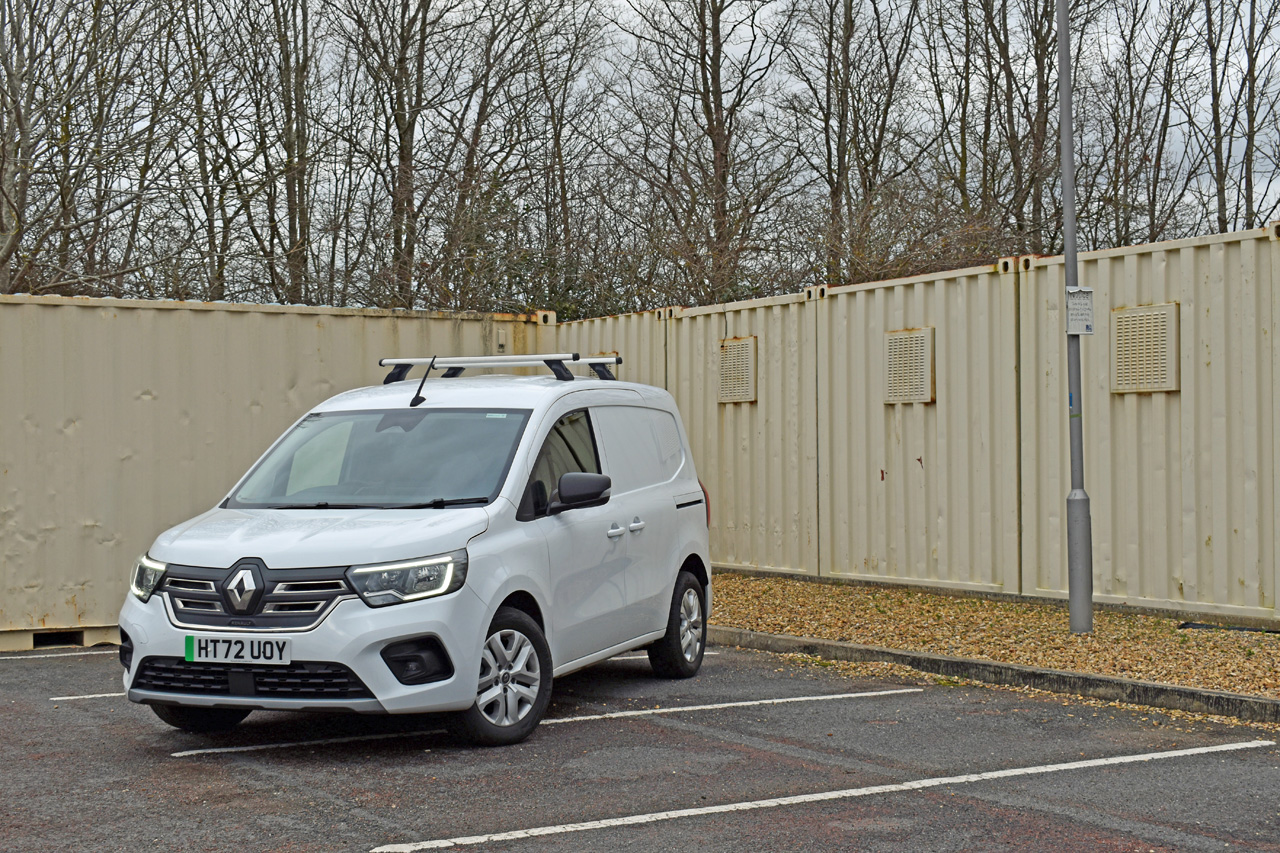
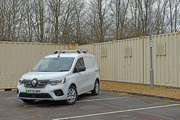
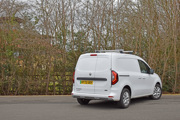
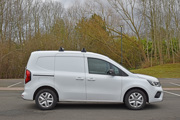
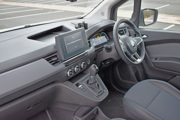
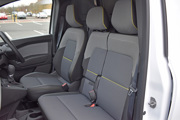
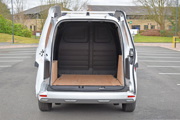
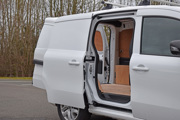
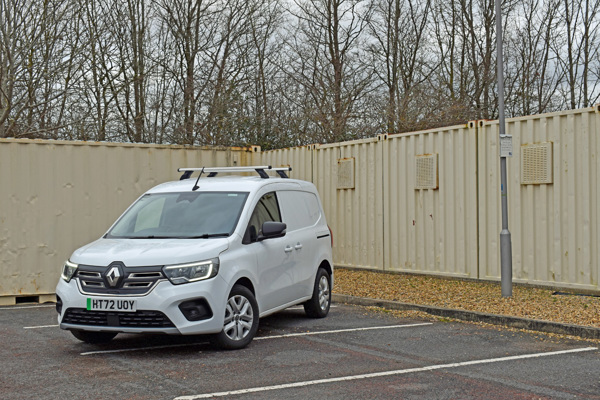
 Diesel
Diesel
 Petrol
Petrol
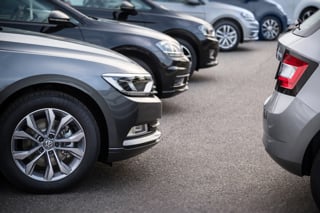
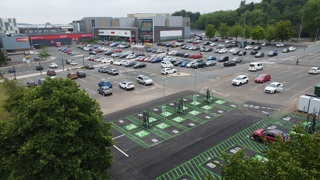

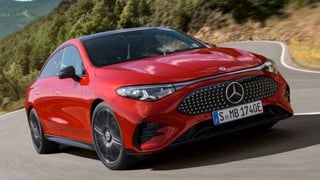











Login to comment
Comments
No comments have been made yet.